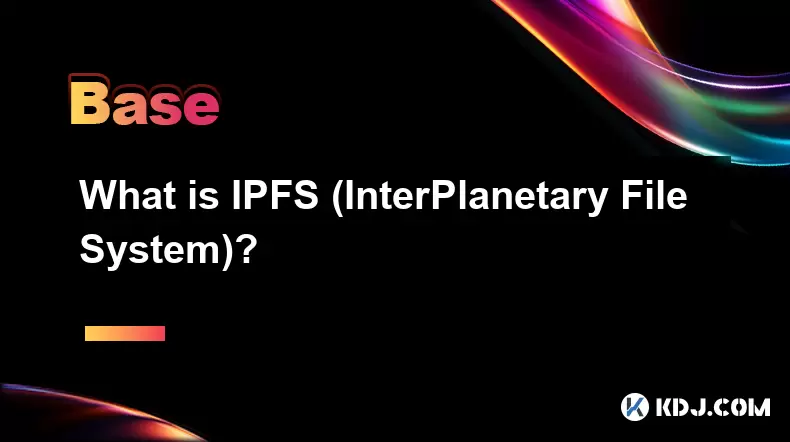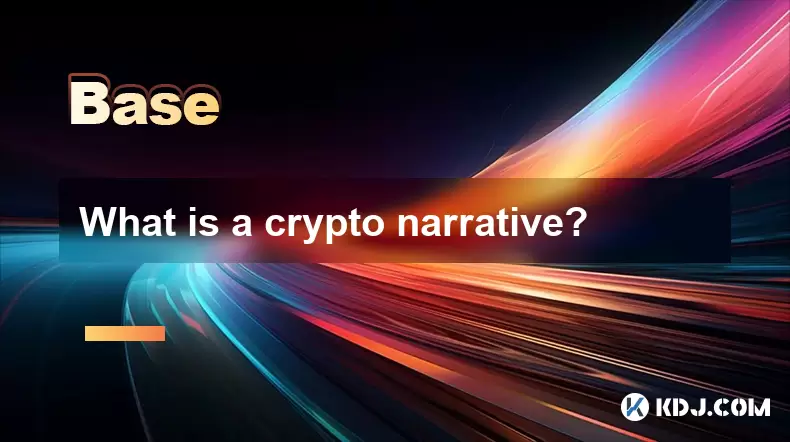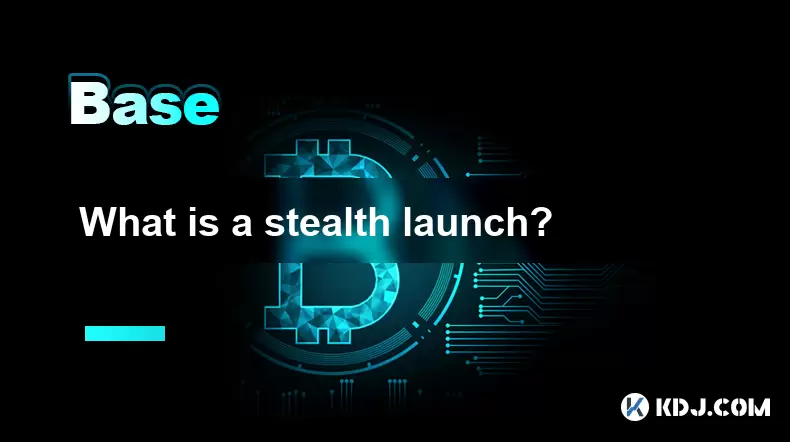-
 Bitcoin
Bitcoin $107,810.8710
-1.45% -
 Ethereum
Ethereum $2,531.4386
-1.75% -
 Tether USDt
Tether USDt $1.0000
-0.03% -
 XRP
XRP $2.2542
-0.99% -
 BNB
BNB $659.1350
-0.50% -
 Solana
Solana $148.5456
-2.40% -
 USDC
USDC $0.9999
-0.02% -
 TRON
TRON $0.2868
-0.44% -
 Dogecoin
Dogecoin $0.1666
-3.65% -
 Cardano
Cardano $0.5751
-2.36% -
 Hyperliquid
Hyperliquid $37.6845
-5.51% -
 Bitcoin Cash
Bitcoin Cash $494.9448
-0.65% -
 Sui
Sui $2.8396
-3.31% -
 Chainlink
Chainlink $13.2423
-2.59% -
 UNUS SED LEO
UNUS SED LEO $9.0482
0.02% -
 Stellar
Stellar $0.2467
-2.44% -
 Avalanche
Avalanche $17.8165
-3.63% -
 Shiba Inu
Shiba Inu $0.0...01158
-2.41% -
 Toncoin
Toncoin $2.7397
-3.42% -
 Hedera
Hedera $0.1560
-2.73% -
 Litecoin
Litecoin $85.8559
-2.34% -
 Monero
Monero $315.3710
-2.30% -
 Dai
Dai $1.0001
0.00% -
 Polkadot
Polkadot $3.3443
-2.03% -
 Ethena USDe
Ethena USDe $1.0001
0.01% -
 Bitget Token
Bitget Token $4.2888
-3.73% -
 Uniswap
Uniswap $7.3388
-1.57% -
 Aave
Aave $278.2986
-3.05% -
 Pepe
Pepe $0.0...09807
-3.67% -
 Pi
Pi $0.4563
-2.39%
What is IPFS (InterPlanetary File System)?
IPFS is a decentralized peer-to-peer protocol that uses content addressing to make the web faster, more secure, and resistant to server outages by distributing data across multiple nodes.
Jul 08, 2025 at 10:36 am

Understanding the Basics of IPFS
IPFS, or the InterPlanetary File System, is a peer-to-peer hypermedia protocol designed to make the web faster, safer, and more open. Unlike traditional HTTP-based file retrieval systems, which rely on centralized servers, IPFS uses content addressing instead of location addressing. This means that files are identified by their content rather than where they are stored.
When you request a file using IPFS, your node looks for the closest peer that has that specific piece of data. This system allows for faster load times, reduced bandwidth usage, and improved resilience against server outages. The underlying technology is inspired by distributed hash tables (DHT), BitTorrent, Git version control, and the SFS filesystem.
How IPFS Differs from Traditional Web Protocols
The current web operates primarily on HTTP (Hypertext Transfer Protocol), which fetches data from a single server at a time. In contrast, IPFS enables users to download data from multiple nodes simultaneously. This difference results in greater efficiency and redundancy because even if one node goes offline, another can provide the same content.
One of the most significant distinctions lies in content addressing through cryptographic hashing. Every file uploaded to IPFS receives a unique fingerprint known as a CID (Content Identifier). This CID ensures that the content cannot be altered without changing its identifier, providing built-in immutability and integrity verification.
The Role of Distributed Storage in IPFS
In IPFS networks, files are broken into chunks and stored across various nodes in a decentralized manner. When a user uploads a file, it gets split into smaller pieces, each with its own hash reference. These references form a Merkle DAG (Directed Acyclic Graph) structure, which links all the pieces together.
For a file to remain accessible permanently, it must be pinned to a node. Pinning tells a node to retain the data locally and not garbage collect it. Users who want to ensure persistent availability often use IPFS pinning services or run their own nodes.
- Run an IPFS node locally
- Upload your file using
ipfs add - Pin the resulting CID with
ipfs pin add [CID] - Optionally, use third-party pinning services like Pinata or Infura
This process ensures that the file remains available on the network indefinitely.
Integration of IPFS with Blockchain Technology
Many blockchain projects have adopted IPFS for storing large amounts of data off-chain, while only keeping the CID on-chain. Since blockchains like Ethereum are expensive for storing large payloads, storing metadata or media files on IPFS provides a scalable solution.
NFTs (Non-Fungible Tokens) commonly use this model. Instead of storing the image or video directly on the blockchain, developers upload the asset to IPFS and store its CID in the smart contract. This approach ensures permanent access to digital assets without bloating the blockchain.
To implement this:
- Create your digital asset (image, video, audio)
- Upload it to IPFS via CLI or API
- Store the returned CID in your smart contract
- Use tools like IPFS Gateways or custom nodes to retrieve the content
This integration supports a more decentralized and censorship-resistant internet infrastructure.
Accessing Content on IPFS
Users can access IPFS content in several ways. One method is running a local node using the official IPFS desktop application or command-line interface. Once the node is running, you can add, retrieve, and pin files directly from your machine.
Another common way is using public gateways, such as:
- https://gateway.ipfs.io
- https://ipfs.io
- https://cloudflare-ipfs.com
These gateways allow anyone to access IPFS content using standard web browsers by appending the CID to the gateway URL.
Alternatively, advanced users may set up custom DNSLink records to map human-readable domain names to IPFS CIDs. This setup involves modifying DNS settings to point to an IPFS hash using a TXT record formatted as _dnslink.
Frequently Asked Questions (FAQ)
Q: Can IPFS replace HTTP entirely?
A: While IPFS offers a compelling alternative to HTTP, especially for decentralized applications and permanent storage, widespread adoption requires changes in how browsers and networks operate. Currently, IPFS works alongside HTTP rather than replacing it.
Q: Is IPFS secure?
A: IPFS uses cryptographic hashing to ensure data integrity, but it does not encrypt files by default. If privacy is required, users should encrypt files before uploading them to IPFS.
Q: How do I find files on IPFS?
A: You need the exact CID of the file to retrieve it. Tools like IPFS Companion (a browser extension) or public search engines like https://cid.ipfs.io help locate files by CID or name if linked via DNSLink.
Q: What happens if no one pins my file?
A: Without any node pinning the file, it will eventually be removed during garbage collection. To prevent this, ensure your file is pinned on at least one active node or use a reliable pinning service.
Disclaimer:info@kdj.com
The information provided is not trading advice. kdj.com does not assume any responsibility for any investments made based on the information provided in this article. Cryptocurrencies are highly volatile and it is highly recommended that you invest with caution after thorough research!
If you believe that the content used on this website infringes your copyright, please contact us immediately (info@kdj.com) and we will delete it promptly.
- XLM Price Prediction: Is Stellar Ready for a Breakout?
- 2025-07-08 19:10:13
- Memecoin Mania: V2EX, Pump.fun, and the Wild West of Crypto
- 2025-07-08 19:50:12
- Dogecoin, Shiba Inu, Little Pepe: Meme Coin Mania or Future Finance?
- 2025-07-08 19:50:12
- Iron Maiden's 50th Anniversary: A Royal Mint Tribute in Metal!
- 2025-07-08 19:55:12
- DAI Stablecoin: Your Ace in the Hole for Online Casinos and Gambling Sites?
- 2025-07-08 19:55:12
- Token Investment in Q4 2025: Riding the Little Pepe Wave to 100x Gains?
- 2025-07-08 20:00:11
Related knowledge

What is a user-generated content (UGC) NFT platform?
Jul 04,2025 at 01:49pm
Understanding the Concept of a UGC NFT PlatformA user-generated content (UGC) NFT platform is a digital marketplace or ecosystem where users can create, mint, and trade non-fungible tokens (NFTs) that represent ownership of original digital content they produce. Unlike traditional NFT platforms where creators often include professional artists or develo...

What is composability in DeFi?
Jul 06,2025 at 04:07pm
Understanding the Concept of Composability in DeFiComposability in DeFi refers to the ability of decentralized finance protocols and smart contracts to interact seamlessly with one another, much like building blocks that can be combined in various ways to create new financial products and services. This concept is a core innovation within the DeFi ecosy...

What is a "crypto primitive"?
Jul 05,2025 at 10:14pm
Defining the Concept of a Crypto PrimitiveIn the context of blockchain and cryptocurrency, a crypto primitive refers to a fundamental building block or foundational element used in constructing decentralized systems and cryptographic protocols. These primitives are essential for enabling secure transactions, consensus mechanisms, and smart contract exec...

What is a crypto narrative?
Jul 07,2025 at 10:56pm
Defining the Concept of a Crypto NarrativeA crypto narrative refers to the overarching story or theme that drives interest, investment, and development within a particular segment of the cryptocurrency market. Unlike traditional financial assets, cryptocurrencies often gain momentum not solely based on technical merits but through compelling narratives ...

What is a stealth launch?
Jul 08,2025 at 06:42am
What Exactly Defines a Stealth Launch in Cryptocurrency?A stealth launch refers to the practice of launching a cryptocurrency project without prior public announcement or marketing efforts. This method is often used by development teams who prefer to keep their project under wraps until it reaches a certain level of maturity, adoption, or liquidity. Unl...

What is a fair launch?
Jul 05,2025 at 07:31pm
Understanding the Concept of a Fair LaunchA fair launch refers to the release of a cryptocurrency or blockchain project in a manner that ensures equal opportunity for all participants. Unlike traditional token launches, which may involve private sales, venture capital funding, or pre-mining, a fair launch emphasizes transparency and decentralization. In...

What is a user-generated content (UGC) NFT platform?
Jul 04,2025 at 01:49pm
Understanding the Concept of a UGC NFT PlatformA user-generated content (UGC) NFT platform is a digital marketplace or ecosystem where users can create, mint, and trade non-fungible tokens (NFTs) that represent ownership of original digital content they produce. Unlike traditional NFT platforms where creators often include professional artists or develo...

What is composability in DeFi?
Jul 06,2025 at 04:07pm
Understanding the Concept of Composability in DeFiComposability in DeFi refers to the ability of decentralized finance protocols and smart contracts to interact seamlessly with one another, much like building blocks that can be combined in various ways to create new financial products and services. This concept is a core innovation within the DeFi ecosy...

What is a "crypto primitive"?
Jul 05,2025 at 10:14pm
Defining the Concept of a Crypto PrimitiveIn the context of blockchain and cryptocurrency, a crypto primitive refers to a fundamental building block or foundational element used in constructing decentralized systems and cryptographic protocols. These primitives are essential for enabling secure transactions, consensus mechanisms, and smart contract exec...

What is a crypto narrative?
Jul 07,2025 at 10:56pm
Defining the Concept of a Crypto NarrativeA crypto narrative refers to the overarching story or theme that drives interest, investment, and development within a particular segment of the cryptocurrency market. Unlike traditional financial assets, cryptocurrencies often gain momentum not solely based on technical merits but through compelling narratives ...

What is a stealth launch?
Jul 08,2025 at 06:42am
What Exactly Defines a Stealth Launch in Cryptocurrency?A stealth launch refers to the practice of launching a cryptocurrency project without prior public announcement or marketing efforts. This method is often used by development teams who prefer to keep their project under wraps until it reaches a certain level of maturity, adoption, or liquidity. Unl...

What is a fair launch?
Jul 05,2025 at 07:31pm
Understanding the Concept of a Fair LaunchA fair launch refers to the release of a cryptocurrency or blockchain project in a manner that ensures equal opportunity for all participants. Unlike traditional token launches, which may involve private sales, venture capital funding, or pre-mining, a fair launch emphasizes transparency and decentralization. In...
See all articles

























































































